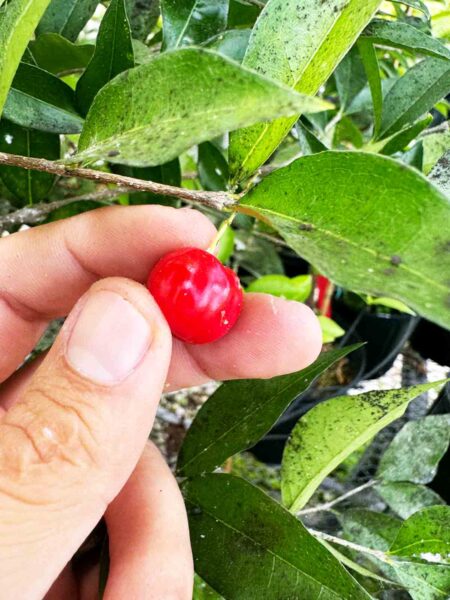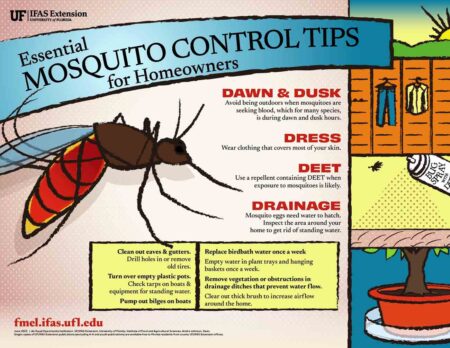NICEVILLE, Fla — Why are some spring-flowering fruit trees blooming now in fall?
Some fruit trees that normally bloom in late winter and spring are blooming now. I have a plum tree in my landscape that has a small number of flowers open this fall. This unseasonal flowering also is occurring on some other trees such as crabapple, apple, and pear. This phenomenon can occur in other deciduous spring flowering trees such as Japanese magnolia, as well.

This abnormal flowering is basically stress-related. Anything that results in the leaves falling earlier than normal can result in this blooming out of season. Stresses that can result in the leaves falling prematurely include late-season storms, insects, and foliage diseases.
This year’s excessive rains resulted in foliage diseases and the high winds from late-season storms resulted in many leaves being blown off these trees prematurely.
During most years, normal leaf drop in these trees occurs later in the season as the day length becomes shorter and when the weather is cooler. The cooler temperatures prevent the flower buds from swelling and opening. However, if the leaves fall when the day length is longer and the temperature is warmer, the flower buds will swell and open.
During the normal process of things within these trees, the leaves prevent the flower buds from developing. If the leaves fall early, during late summer or early fall, the flowers are allowed to open. With commercial apple production in some parts of the world, chemicals are applied to intentionally remove the leaves to force a second crop after harvesting the first crop of apples.
This practice would not work in our area because there is not enough time to mature a second crop of apples before cold weather arrives.
It is possible for a second crop of small fruit to develop on apple and pear trees here in North Florida as a result of the second flowering this year. But because of the cold weather that will be arriving as we move into winter, any such fruit will not have time to mature. When the first killing frost or freeze occurs, these young fruits will be killed.
How will this late flowering effect next spring’s flowering and fruit production? It should have minimal effect. The flowers that opened this fall will be absent in spring – reducing the total number of flowers. However, during most springs, fruit trees produce more blooms and subsequently fruits than the trees can support. As a result, this unseasonable blooming should result in a needed thinning in next spring’s fruit crop.
Larry Williams is the Extension horticulture agent with the Okaloosa County Cooperative Extension Service, University of Florida. Contact Larry at 689-5850 or email lwilliams@myokaloosa.com.






